We use cookies to make your experience better. To comply with the new e-Privacy directive, we need to ask for your consent to set the cookies. Learn more.
15 Alternatives to Grass for Gardens
It is always refreshing to see lush green sceneries, particularly if it’s your own lawn or garden. Grass seeds are usually planted to achieve this tranquil and invigorating ambiance. Little did most people know that keeping grass lawns green could be high maintenance—constant moving, watering, and fertilizing is a requisite. A pain in the grass indeed! It’s about time to consider these alternatives to grass for gardens.
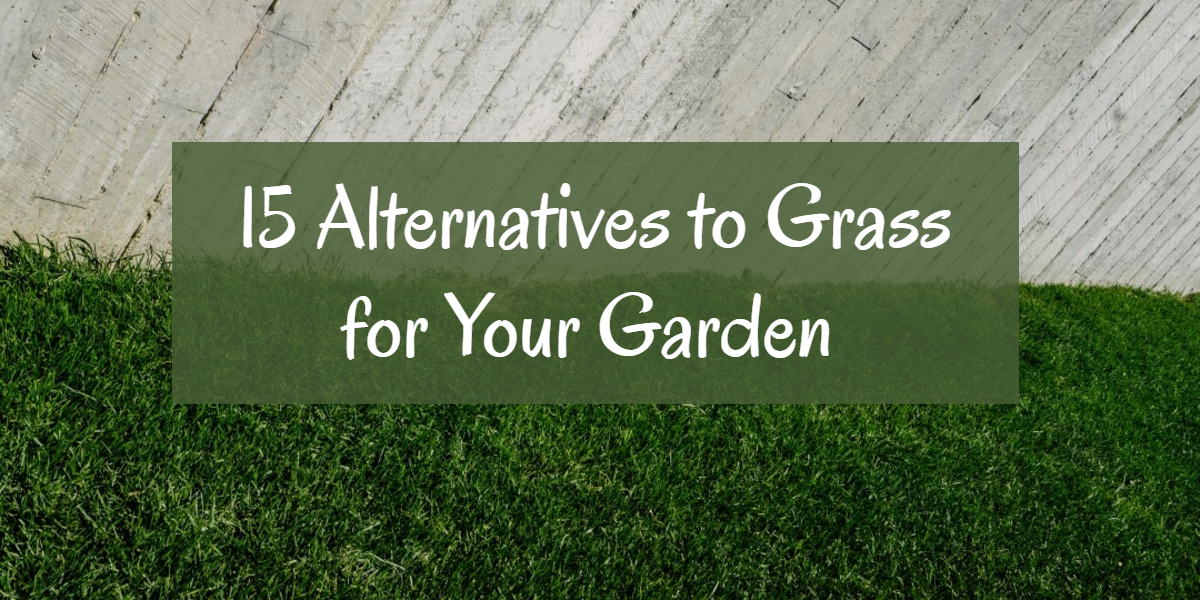
15 Alternatives to Grass for Gardens
It is always refreshing to see lush green sceneries, particularly if it’s your own lawn or garden. Grass seeds are usually planted to achieve this tranquil and invigorating ambiance. Little did most people know that keeping grass lawns green could be high maintenance—constant moving, watering, and fertilizing is a requisite. A pain in the grass indeed! It’s about time to consider these alternatives to grass for gardens.
Synthetic Grass
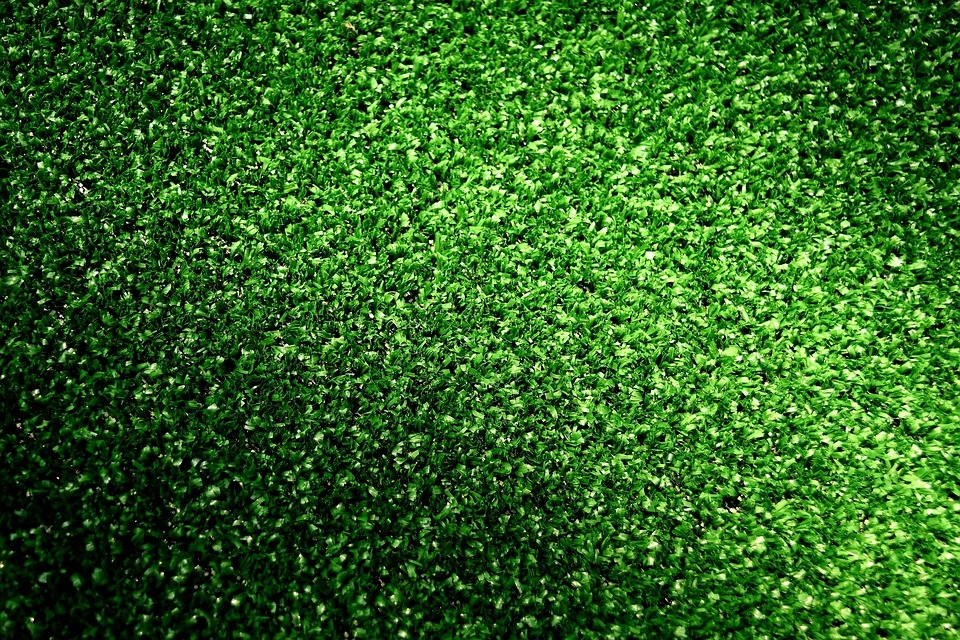
Artificial turf or grass is a practical substitute to grass lawns. Its appeal and texture are hard to distinguish from the real thing. Three variants to consider are polypropylene, polyethylene, and nylon depending on the volume of traffic that the lawn receives. Polypropylene cost less but may not be that durable or resilient. Polyethylene is vibrant in color and has a velvety and supple feel. Nylon is durable. It can withstand high temperatures and can maintain its shape, despite high lawn traffic. Synthetic grass only needs random brush over to rid it of fallen leaves.
Mulch

Mulch comprises of pine needles, wood chips, sawdust, shredded bark, straw mulch, and rubber mulch. These variants provide diverse colours and textures to lawns, paving the way to creative pathways and landscape. The use of mulch helps in the protection of roots system, protection from erosion, moisture retention, heat retention and weed control.
Aggregates & Stone-Based Materials
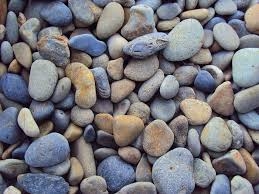
Stone-based materials lessen your garden’s appeal to bugs because it is long lasting and it doesn’t decompose. You can use pea gravel, crushed granite, decomposed granite, stone pebbles, and river rocks. These materials could accentuate certain areas in your lawn or garden by giving a different touch of colour and texture.
Clover

Clover might be usually understated for it is considered as a nettlesome weed by some gardeners. Compared to grass, it boasts a lot of advantages. It is drought-resistant, grows well on poor soils, and doesn’t need mowing and fertilizers. Keep in mind that even though it feels good on bare feet, it is not tough enough for high traffic areas.
Lily Turf
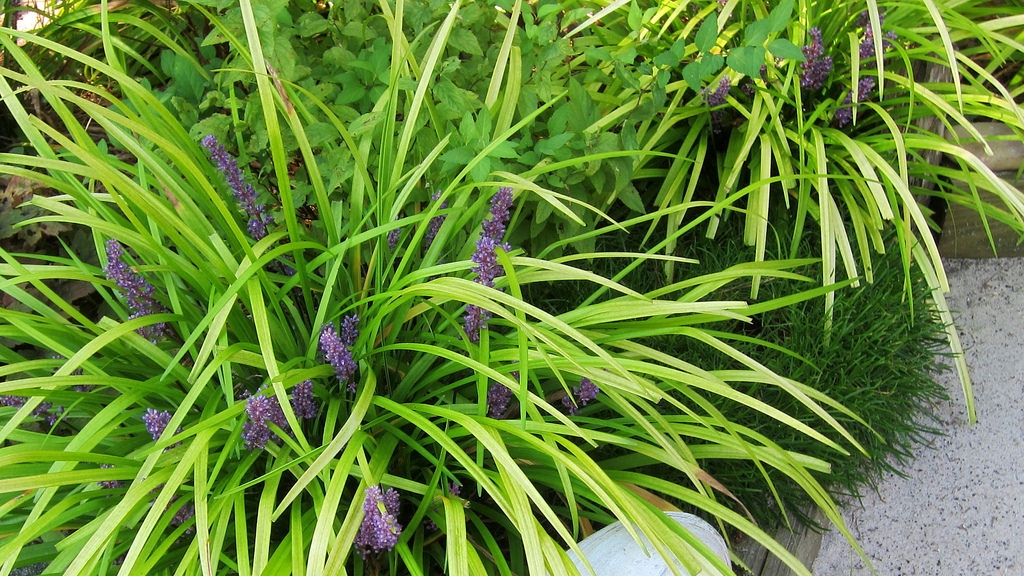
Creeping Lily Turfs flourishes well either in deep shade or sunlight, but it adopts well on well-drained, slightly acidic soil. It becomes drought tolerant once the roots are entrenched. Remember to mow it during early spring months or late winter to boost new growth.
Moss

Moss provides a good ground-cover to shady lawns and lawn areas with poor soil. It thrives in moisture so watering this plant daily for a minute or two will do wonders.
Flower and Shrub Beds
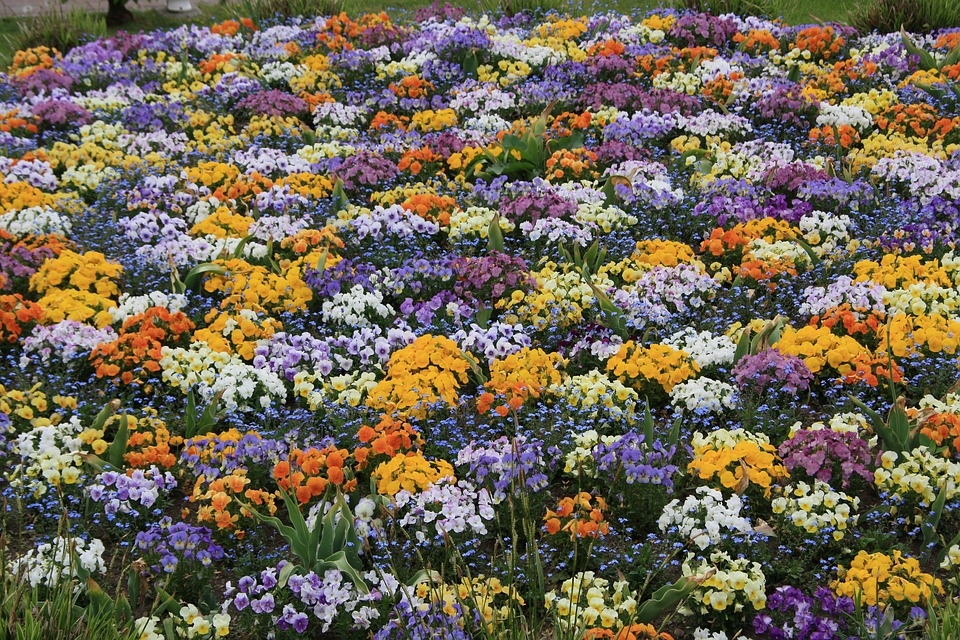
Flowers and shrub beds give any lawn and garden a more aesthetic appeal. It reduces soil erosion while providing a variety of textures and colours. Plants usually recommended are around 1 ft. or less, but taller shrubs can be used as backdrops.
Garden Meadow
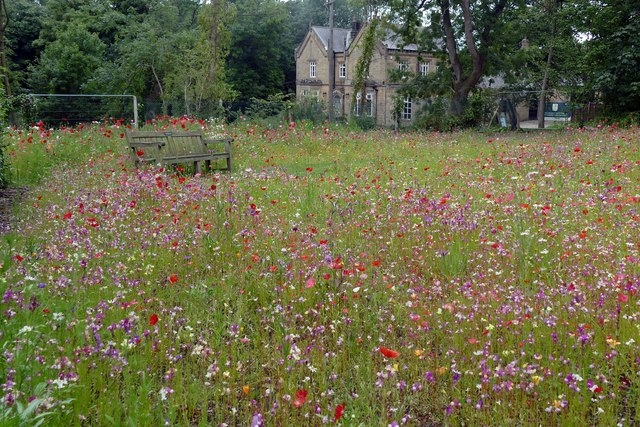
Perennial meadows which bloom from year to year thrive in rich soil, while annual meadows which bloom once a year do well in poor soil. It is best to plant these during early autumn and mid-spring in sunny areas.
Xeriscape
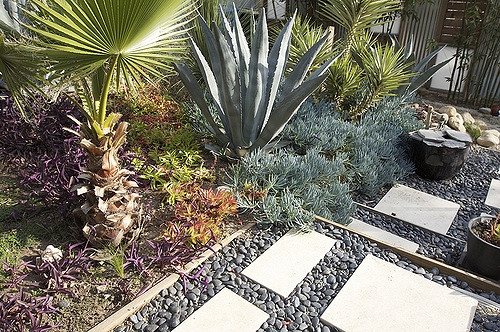
Xeriscaping involves landscaping using plants that are drought resistant and require little water to thrive. This is best recommended to areas with remarkably arid climates. It uses native plants, thus promoting water conservation. It doesn’t need much maintenance, pruning, and weeding.
Outdoor Garden Features
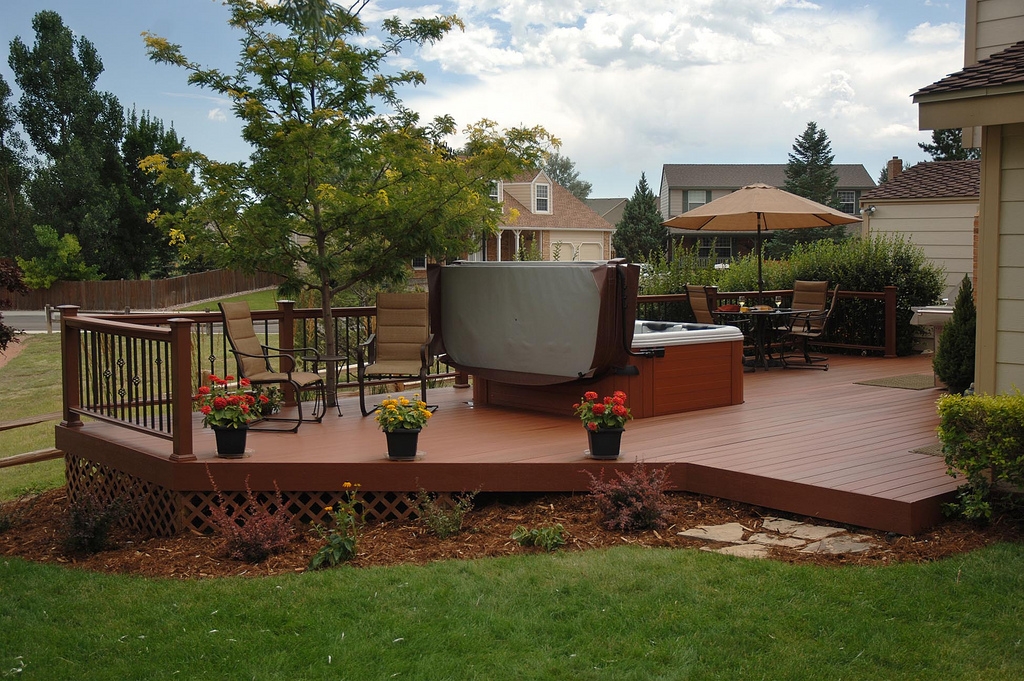
Pathways and landscapes that utilise a patio, a deck, and water features such as a koi pond are a good alternative to eliminate the need to use grass in most areas of your garden.
Thyme

Thyme is recognized as a fragrant walkable ground cover. It can withstand low-level traffic, stepped-on once or twice a day, so it is ideal to plant it in paths. The colour of its tiny leaves ranges from grey green or bright green to bluish and its flower blossoms are lavender or pink. It spreads easily and are drought-tolerant and requires little maintenance once ingrained. It requires a six-inch depth quick-draining soil to optimize its growth.
Creeping Charlie
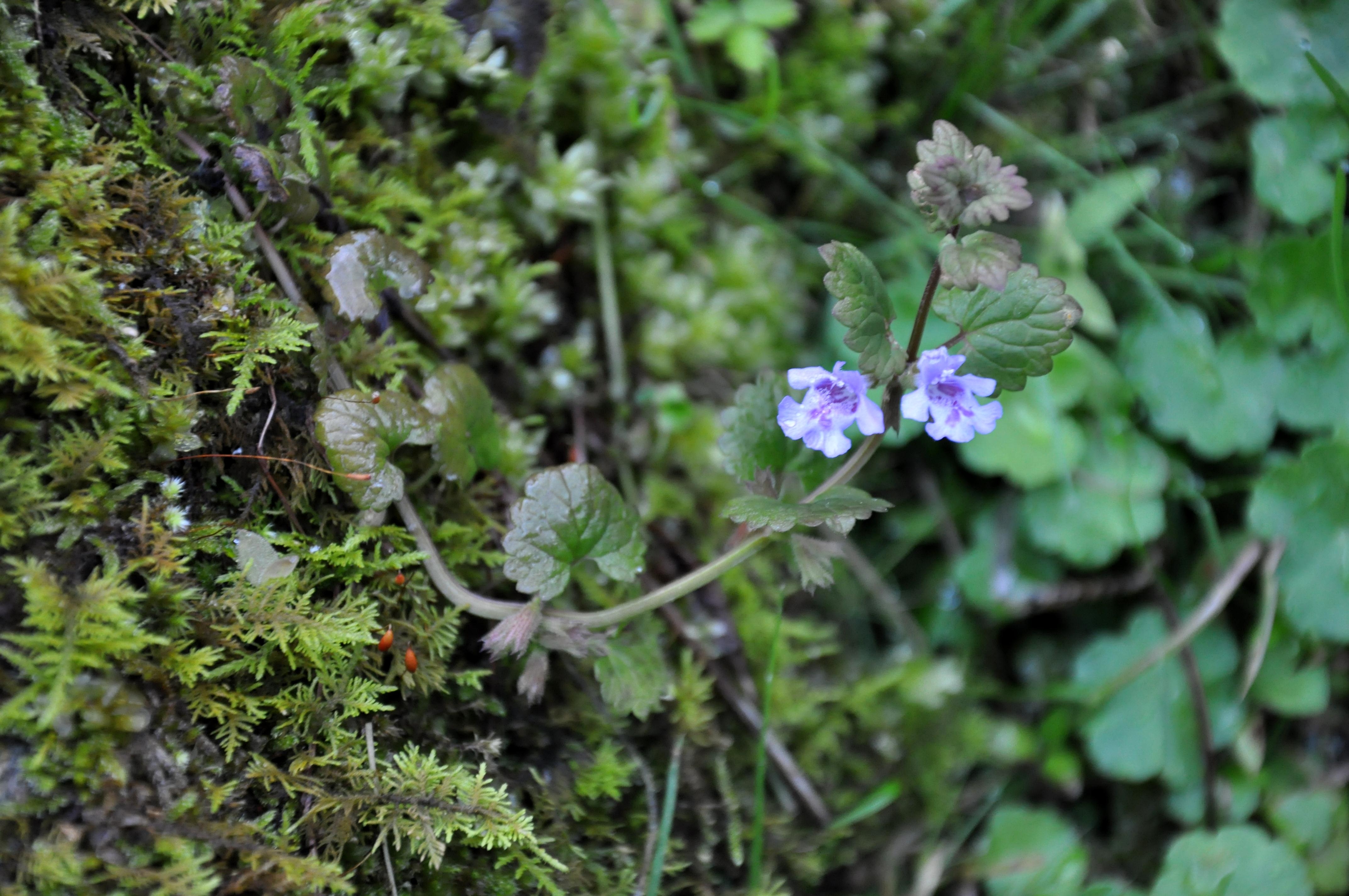
This member of the mint family which is also known as Creeping Jenny, Ground Ivy, Catsfoot, and Gill-on-the-Ground makes a thick charming ground cover in areas with limited sunlight. Albeit, it is commonly believed to be a pernicious weed. It needs no watering, fertilising, and mowing. A caveat though, it spreads easily and can be arduous to remove if it gets into unwanted areas. It's recommended to plant it in a contained area with an impenetrable border.
Sedum

Sedum, which is generally known as stonecrops, have water-storing leaves. Thus, making it drought tolerant. Its varieties Golden Carpet Sedum and Creeping Red Sedum make an attractive combination due to its colourful leaves and flowers. Both types can tolerate light foot traffic.
Red Dragon
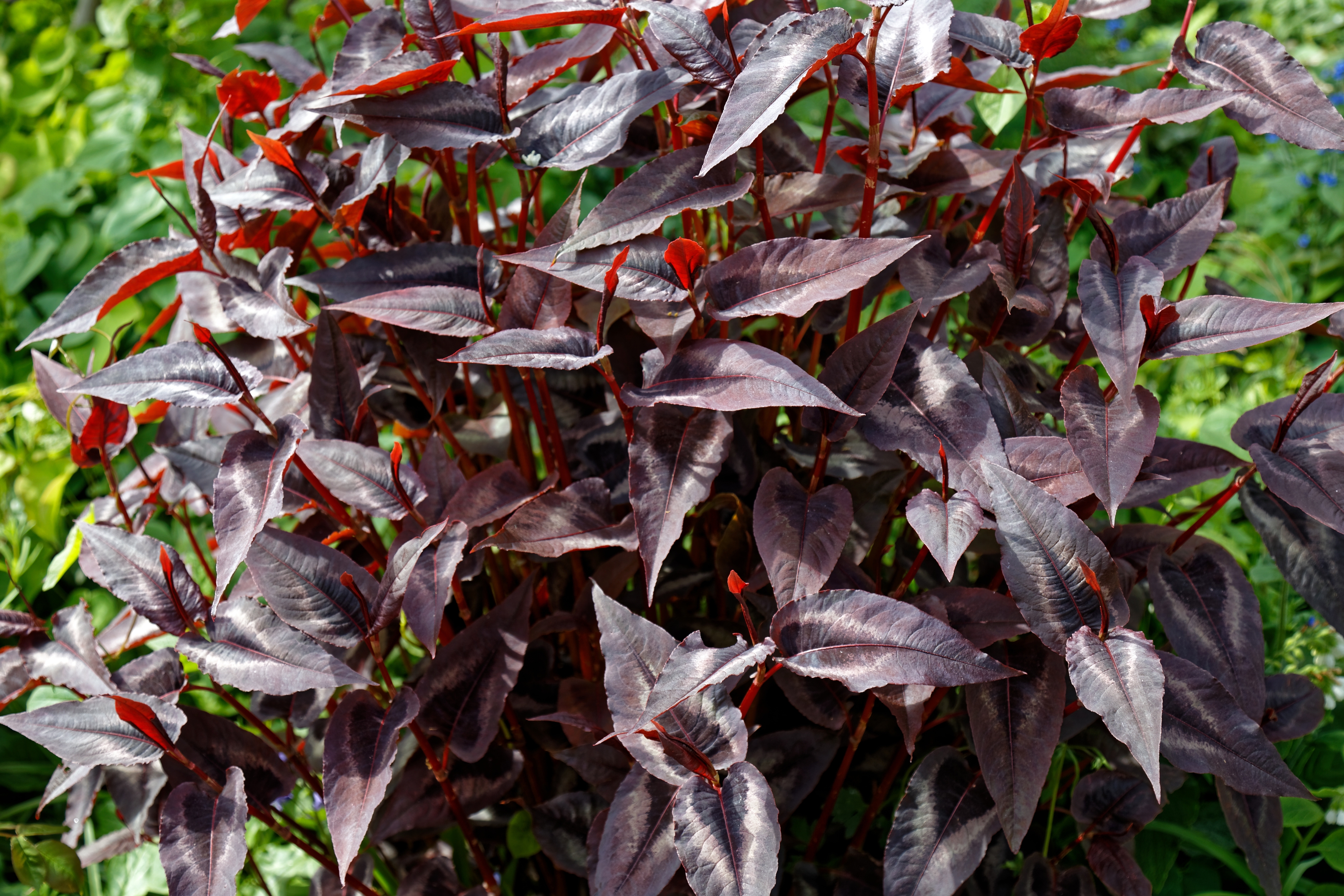
This deep maroon foliage with bright red stems won’t easily get ignored in your garden. Even if grows hastily, it is non-invasive. It is fuss-free to grow because it adapts to lighting conditions, moisture, and a wide range of soil.
Geranium
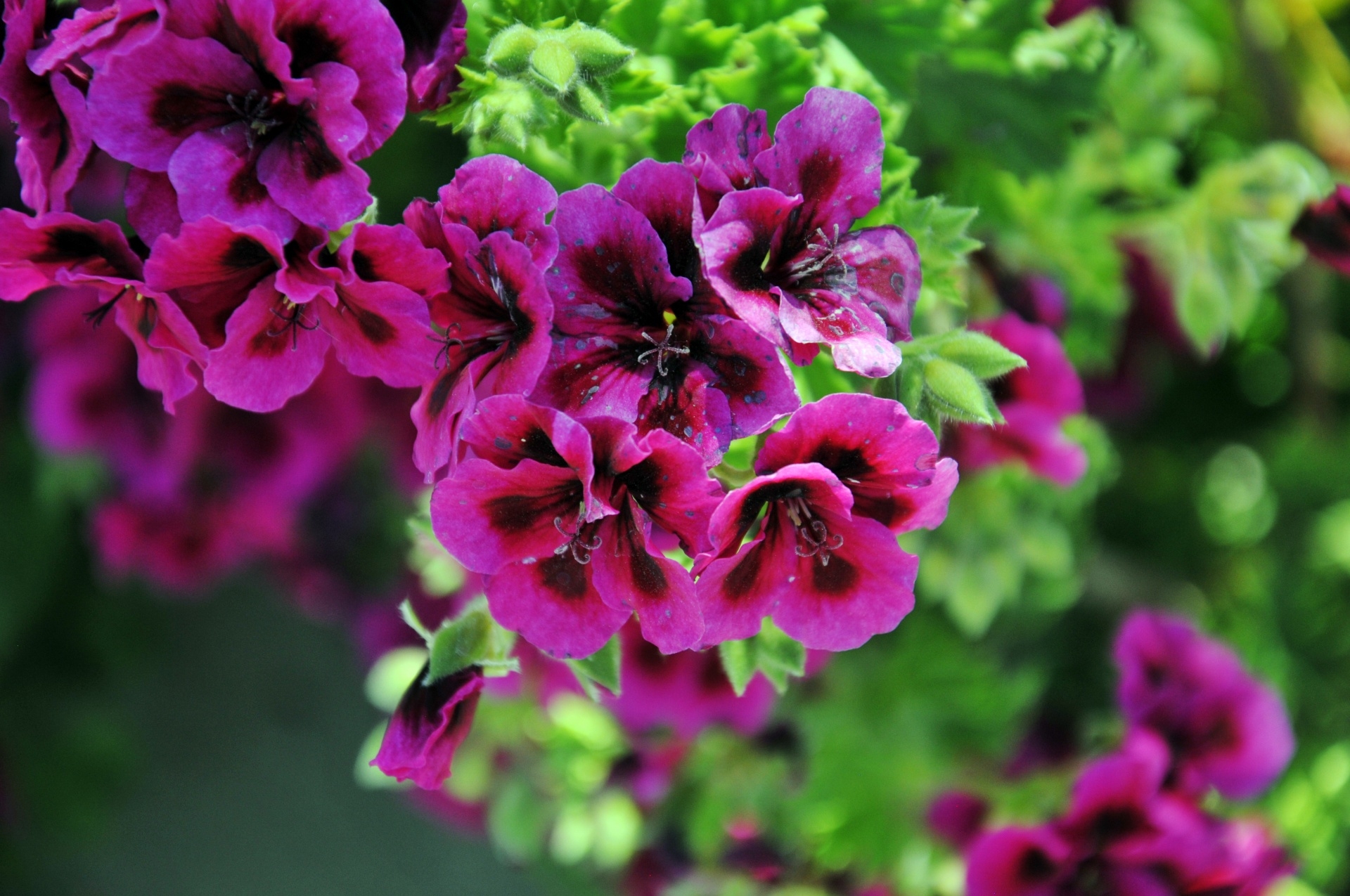
The blooms of an Ann Folkard Hardy Geranium will give your garden a pop of hot pink colour from spring to fall. This beauty can tolerate all kinds of climate conditions and soil. It is non-invasive even though it grows rapidly.
About the author

Hi. I'm Dan Harris, the founder of TidytheGarden.com. My wife and I started gardening 5 years ago. Neither one of us had any gardening background but we loved the idea of growing our own organic food. Over the years, our garden has almost doubled in size and I’ve learned a lot from my season’s successes and failures.
